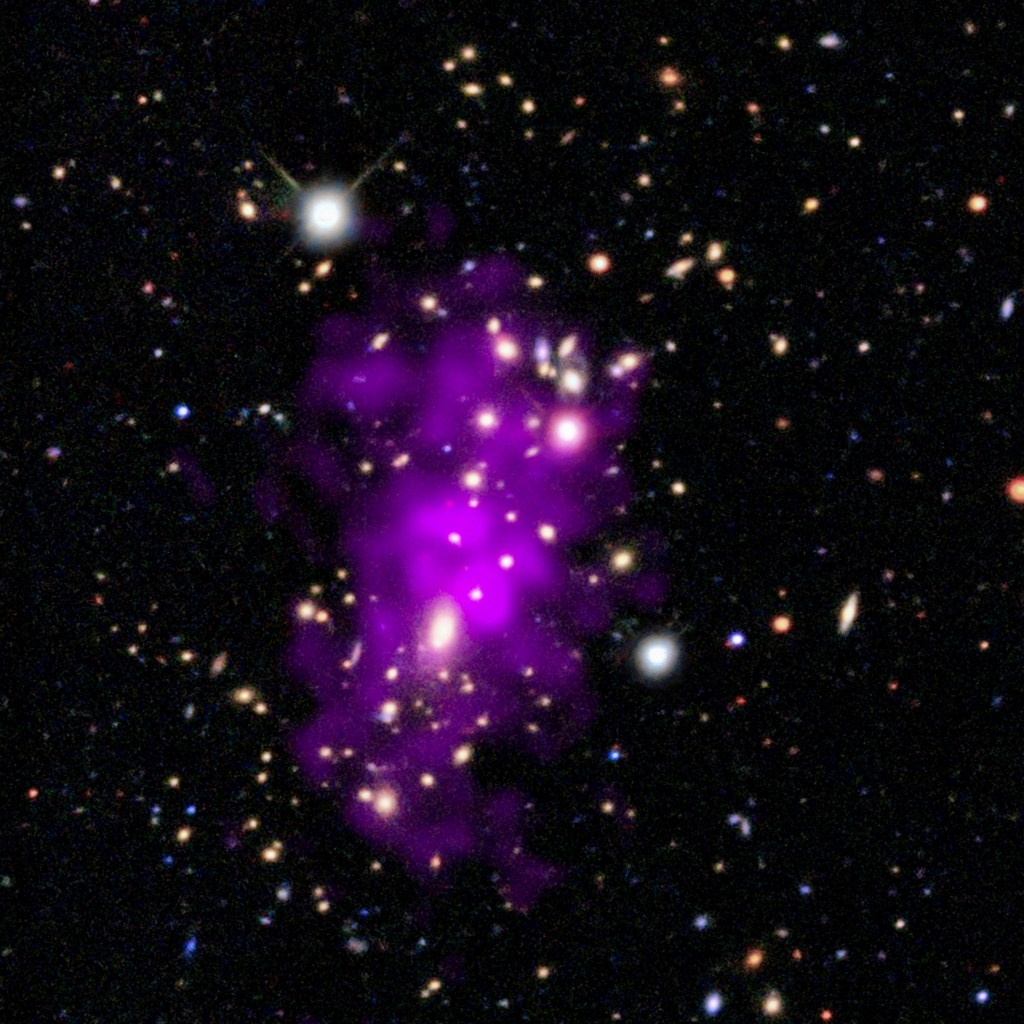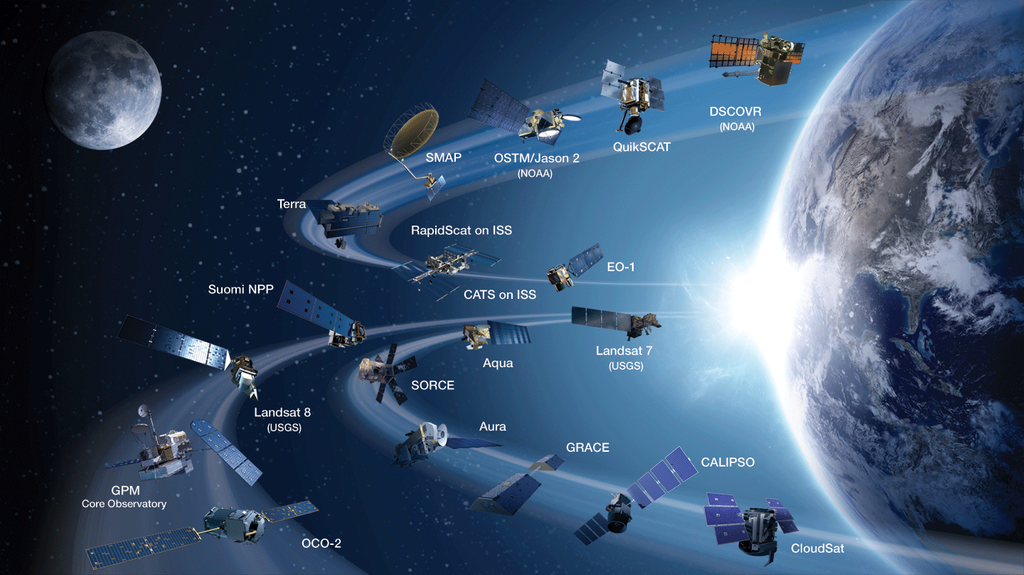1 min read
Compass and Scale Image of Circumstellar Disks
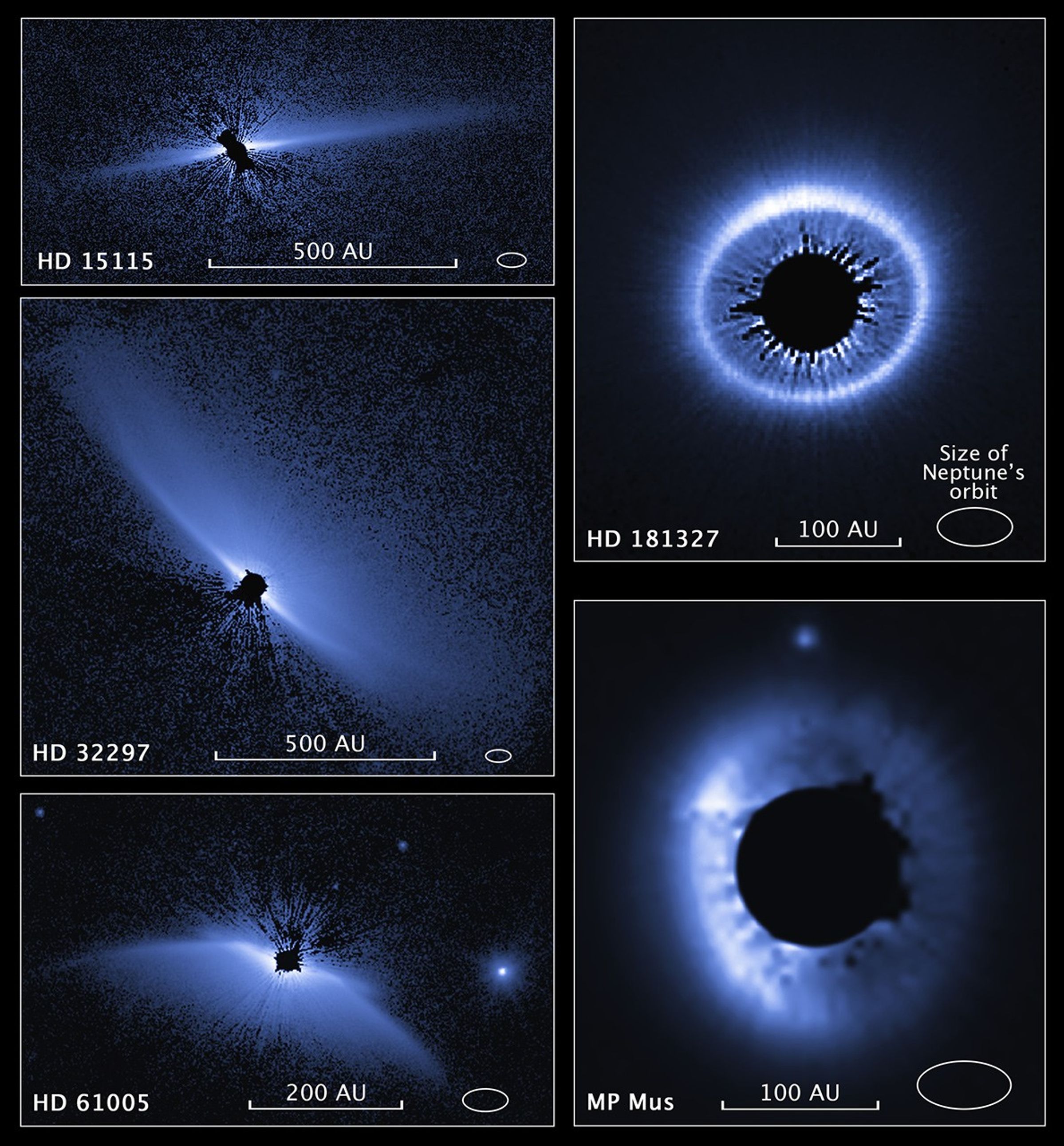
This is a set of images from a NASA Hubble Space Telescope survey of the architecture of debris systems around young stars. Ten previously discovered circumstellar debris systems, plus MP Mus (a mature protoplanetary disk of age comparable to the youngest of the debris disks), were studied. Hubble's sharp view uncovers an unexpected diversity and complexity in the structures. As the accompanying scale shows, the disk-like structures are vast, many times larger than the planetary distribution in our solar system, gauged by the diameter of Neptune's orbit. Some disks are tilted edge-on to our view, others nearly face-on. Asymmetries and warping in the disks might be caused by the host star's passage though interstellar space. Alternatively, the disks may be affected by the action of unseen planets. In particular, the asymmetry in HD 181327 looks like a spray of material that is very distant from its host star. It might be the aftermath of a collision between two small bodies, suggesting that the unseen planetary system may be chaotic. The stars surveyed may be as young as 10 million years old and as mature as more than 1 billion years old. The visible-light survey was done with the Space Telescope Imaging Spectrograph (STIS). The STIS coronagraph blocks out the light from the host star so that the very faint reflected light from the dust structures can be seen. The images have been artificially colored to enhance detail.
About the Data
- Data DescriptionData DescriptionProposal: A description of the observations, their scientific justification, and the links to the data available in the science archive.
Science Team: The astronomers who planned the observations and analyzed the data. "PI" refers to the Principal Investigator.Hubble data for this release were obtained from the following HST proposal 12228 (PI: G. Schneider). The science team includes: G. Schneider (University of Arizona), C. Stark (NASA/GSFC), J. Debes (STScI), C. Grady (Eureka Scientific), D. Hines (STScI), M. Kuchner (NASA/GSFC), M. Perrin (STScI), M. Silverstone (Eureka Scientific), and A. Weinberger (Carnegie Institution of Washington), J. Wisniewski (University of Oklahoma, Norman), P. Hinz (University of Arizona), J. Carson (College of Charleston), T. Henning (Max Planck Institute for Astronomy, Heidelberg), A. Moro-Martin (STScI), M. Tamura (National Astronomical Observatory of Japan), H. Jang-Condell (University of Wyoming, Laramie), B. Woodgate (NASA/GSFC), M. Goto (Max Planck Institute for Astronomy, Heidelberg), and G. Serabyn (JPL). About the Objects Object Name: HD 15115 Distance: 147 light-years (45 parsecs) RA: 2h 26m 16s.19 Dec: 6° 17' 33".61 Object Name: HD 32297 Distance: 366 light-years (112 parsecs) RA: 5h 2m 27s.44 Dec: 7° 27' 39".67 Object Name: HD 61005 Distance: 112 light-years (34 parsecs) RA: 7h 35m 47s.46 Dec: -32° 12' 14".04 Object Name: HD 181327 Distance: 169 light-years (52 parsecs) RA: 19h 22m 58s.94 Dec: -54° 32' 16".97 Object Name: MP Mus Distance: 28 light-years (86 parsecs) RA: 13h 22m 7s.20 Dec: -69° 38' 12".01 - InstrumentInstrumentThe science instrument used to produce the data.HST>STIS
- Exposure DatesExposure DatesThe date(s) that the telescope made its observations and the total exposure time.August 2010 - November 2012
- Object NameObject NameA name or catalog number that astronomers use to identify an astronomical object.HD 15115, HD 32297, HD 61005, HD 181327, MP Mus
- Object DescriptionObject DescriptionThe type of astronomical object.Debris Disks Around Nearby Stars
- Release DateNovember 6, 2014
- Science ReleaseHubble Surveys Debris-Strewn Exoplanetary Construction Yards
- Credit

Compass and Scale
Compass and ScaleAn astronomical image with a scale that shows how large an object is on the sky, a compass that shows how the object is oriented on the sky, and the filters with which the image was made.
Related Images & Videos
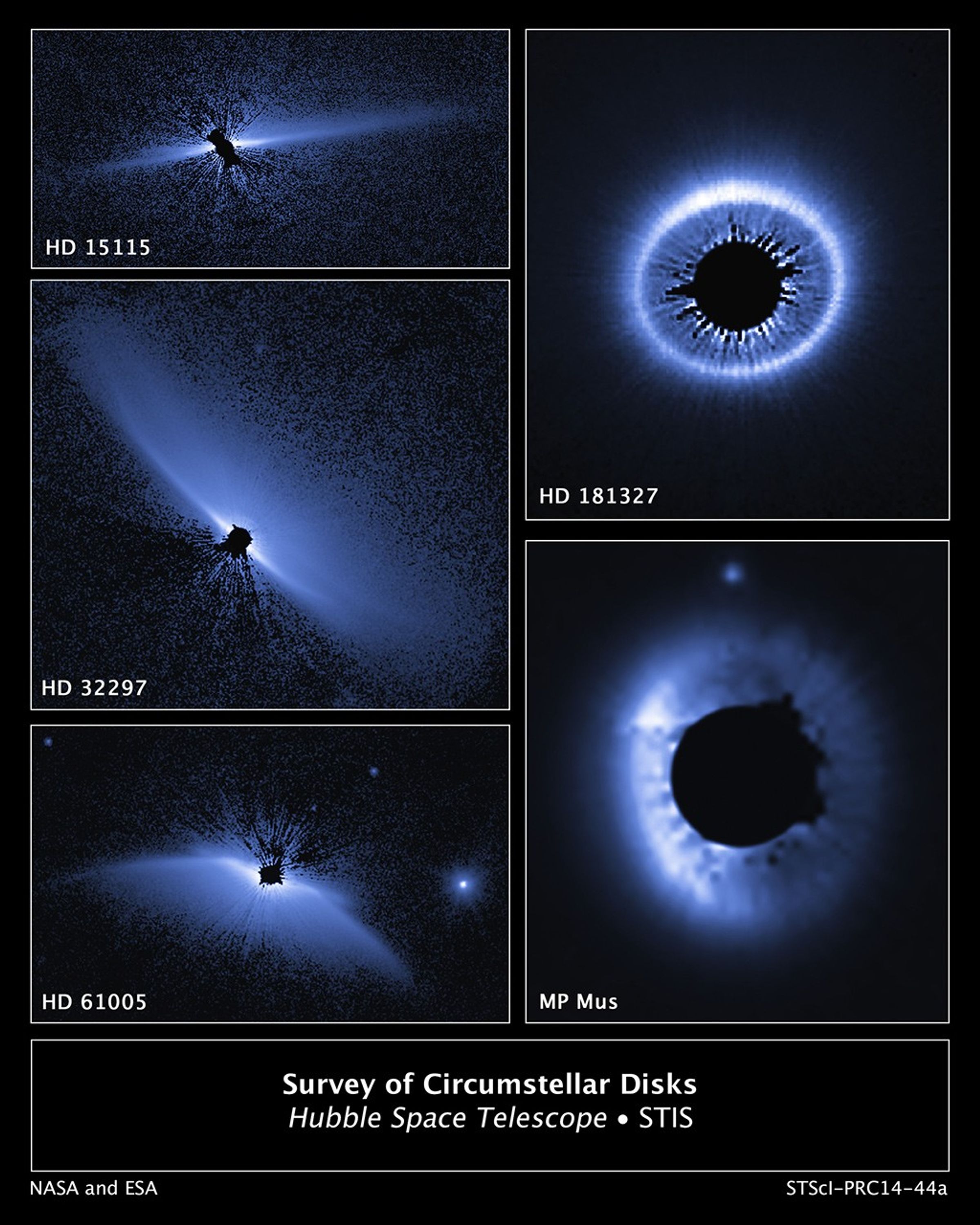
Hubble Survey of Circumstellar Disks
This is a set of images from a NASA Hubble Space Telescope survey of the architecture of debris systems around young stars. Ten previously discovered circumstellar debris systems, plus MP Mus (a mature protoplanetary disk of age comparable to the youngest of the debris disks),...
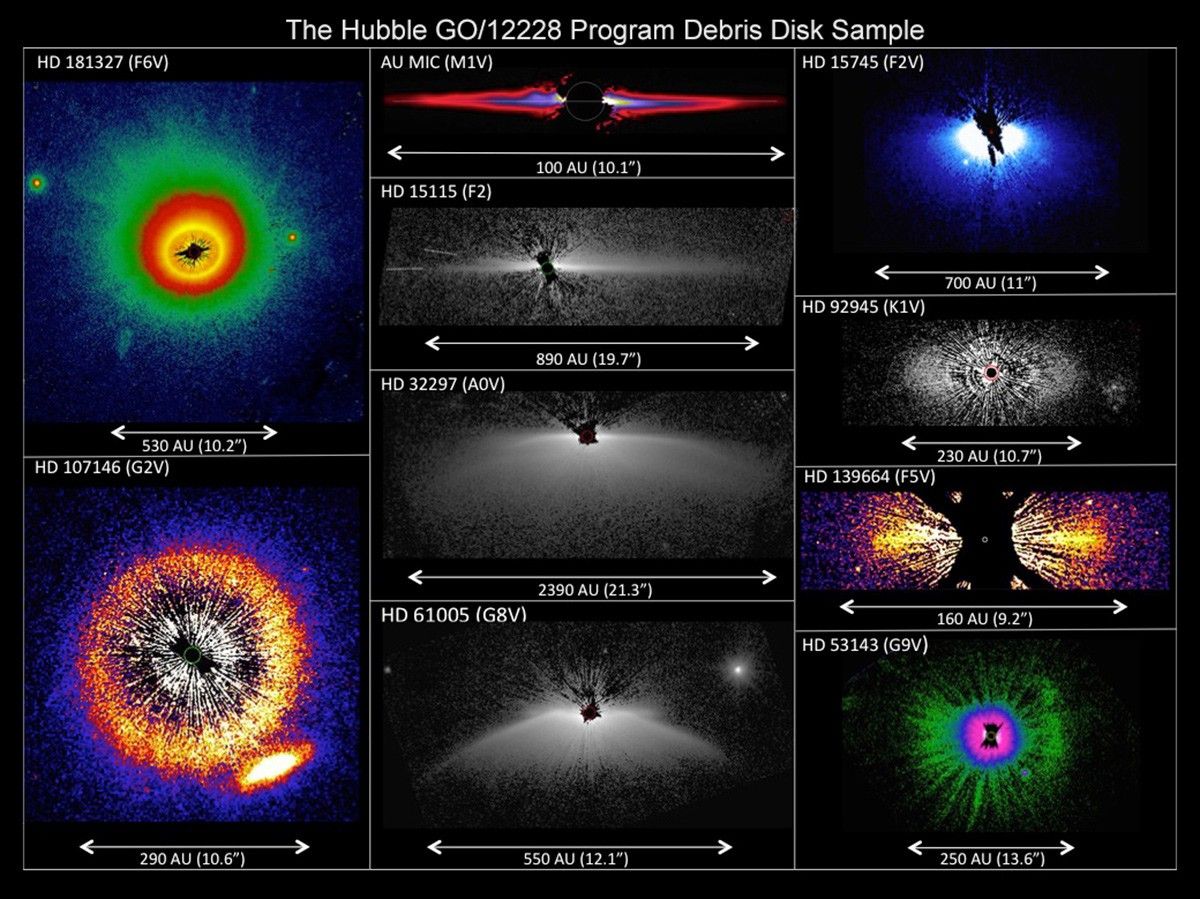
Hubble GO/12228 Program Debris Disk Sample
This is a set of images from a NASA Hubble Space Telescope survey of the architecture of debris systems around young stars. The Hubble Space Telescope's sharp view uncovers an unexpected diversity and complexity in the structures. As the accompanying scale shows, the disk-like...
Share
Details
Last Updated
Aug 17, 2025
Contact
Media
Claire Andreoli
NASA’s Goddard Space Flight Center
Greenbelt, Maryland
claire.andreoli@nasa.gov













